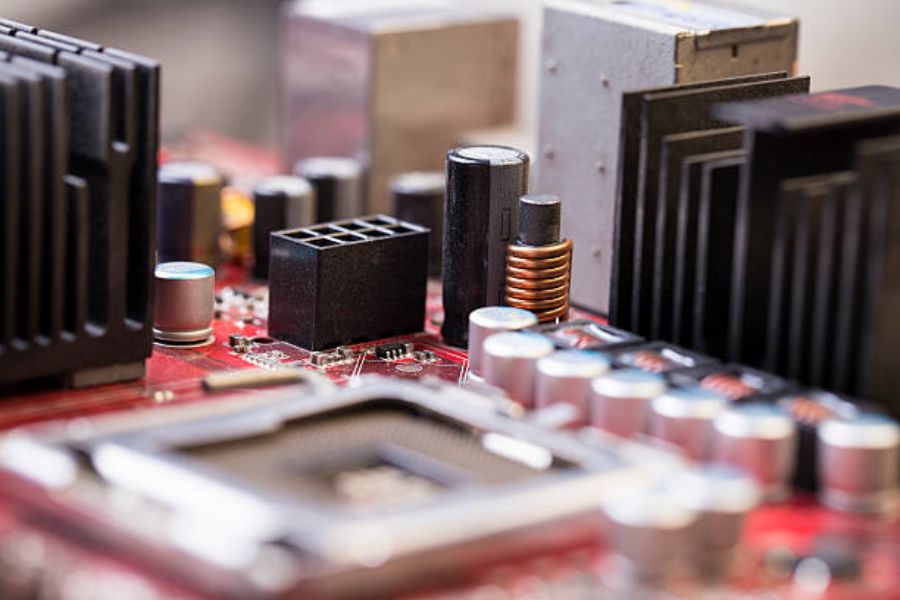Table of Contents

Understanding the High Current Common Mode Choke
A high current common mode choke is an essential component in many electronic circuits, particularly those that deal with power and signal integrity. This article will explore the various aspects and benefits of using a high current common mode choke, highlighting its importance in electronic systems.
What is a High Current Common Mode Choke?
A high current common mode choke, also known as a differential mode choke or line filter choke, is an inductor specifically designed to filter out common mode noise in electronic circuits. It consists of two coils wound on a magnetic core, typically made of ferrite material. These coils are connected in series and wound in opposite directions to cancel out common mode noise.
The Role of a High Current Common Mode Choke
The primary role of a high current common mode choke is to suppress electromagnetic interference (EMI) and radio frequency interference (RFI) in electronic circuits. It achieves this by presenting a high impedance to common mode noise while allowing the desired differential signals to pass through with minimal impedance.
Benefits of Using a High Current Common Mode Choke
1. EMI and RFI Suppression: The high impedance offered by a common mode choke effectively blocks unwanted noise, ensuring that the signal integrity is maintained and reducing the chances of circuit malfunction or signal degradation.
2. Improved Power Quality: By filtering out common mode noise, a high current common mode choke helps improve the power quality in electronic systems. This is particularly important in applications where power line disturbances can lead to equipment malfunction or damage.
3. Compliance with EMC Standards: Many industries have strict electromagnetic compatibility (EMC) standards that electronic devices must meet. Using a high current common mode choke can help ensure compliance with these standards by reducing EMI and RFI levels.
Applications of High Current Common Mode Chokes
High current common mode chokes find applications in various electronic systems, including:
1. Power Supplies: Common mode chokes are commonly used in power supply circuits to filter out noise and improve overall power quality.
2. Data and Signal Lines: In applications where data or signal lines are susceptible to EMI, such as high-speed communication interfaces or automotive electronics, common mode chokes are used to suppress noise and maintain signal integrity.
3. Motor Drives: High current common mode chokes are often employed in motor drive circuits to reduce EMI and prevent interference with other sensitive components.
Choosing the Right High Current Common Mode Choke
When selecting a high current common mode choke for a specific application, several factors should be considered:
1. Current Rating: Ensure that the chosen choke can handle the maximum current expected in the circuit without saturation or excessive power dissipation.
2. Impedance and Attenuation: Look for chokes with appropriate impedance characteristics and attenuation levels to effectively suppress common mode noise in the desired frequency range.
3. Physical Size and Mounting: Consider the available space and mounting requirements in your application to choose a choke that fits properly and can be easily integrated into the circuit.
Conclusion
A high current common mode choke plays a crucial role in maintaining signal integrity and suppressing noise in electronic circuits. By effectively filtering out common mode noise, it helps improve power quality and ensures compliance with EMC standards. Understanding the importance of this component and selecting the right choke for your application can greatly enhance the performance and reliability of your electronic systems.
